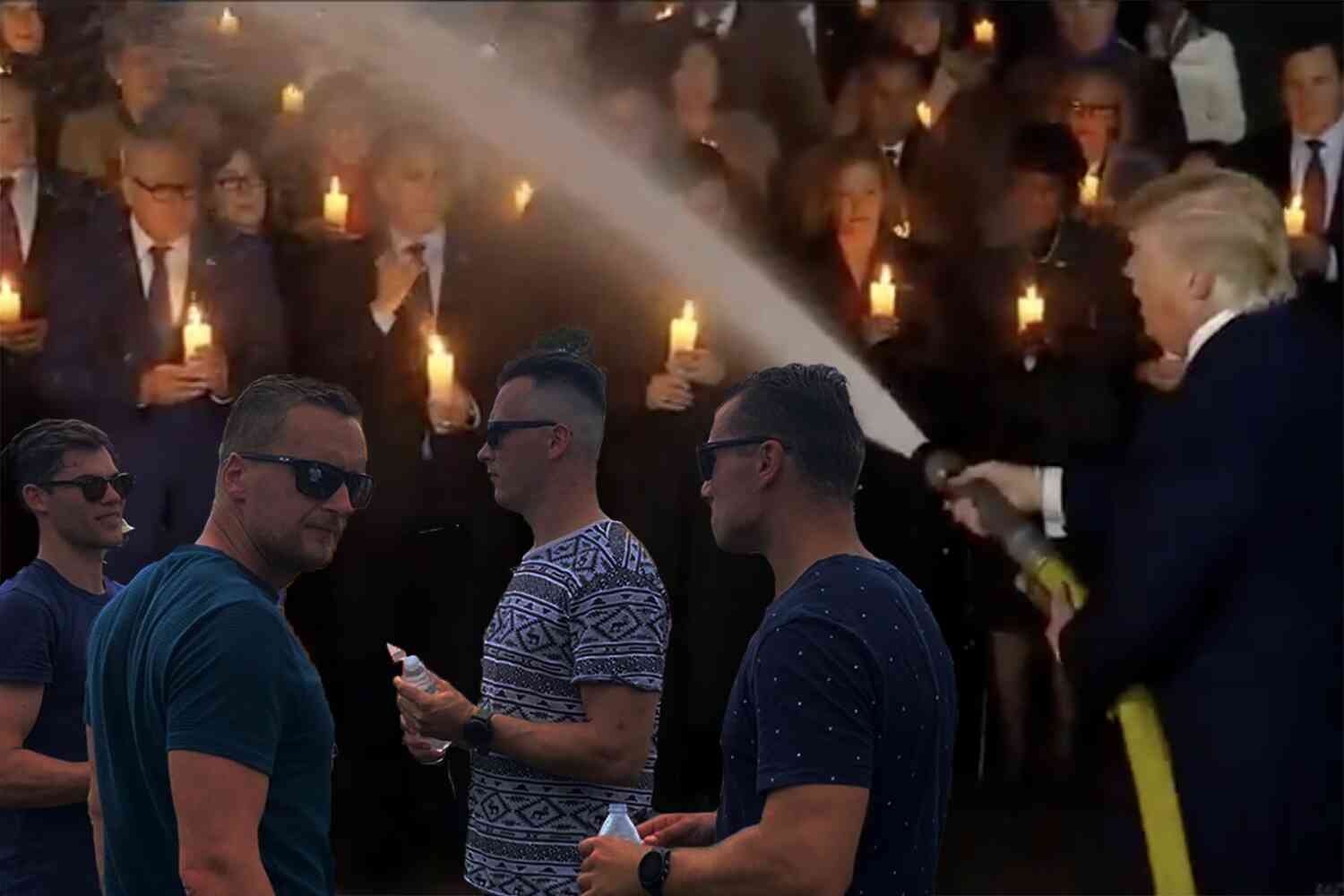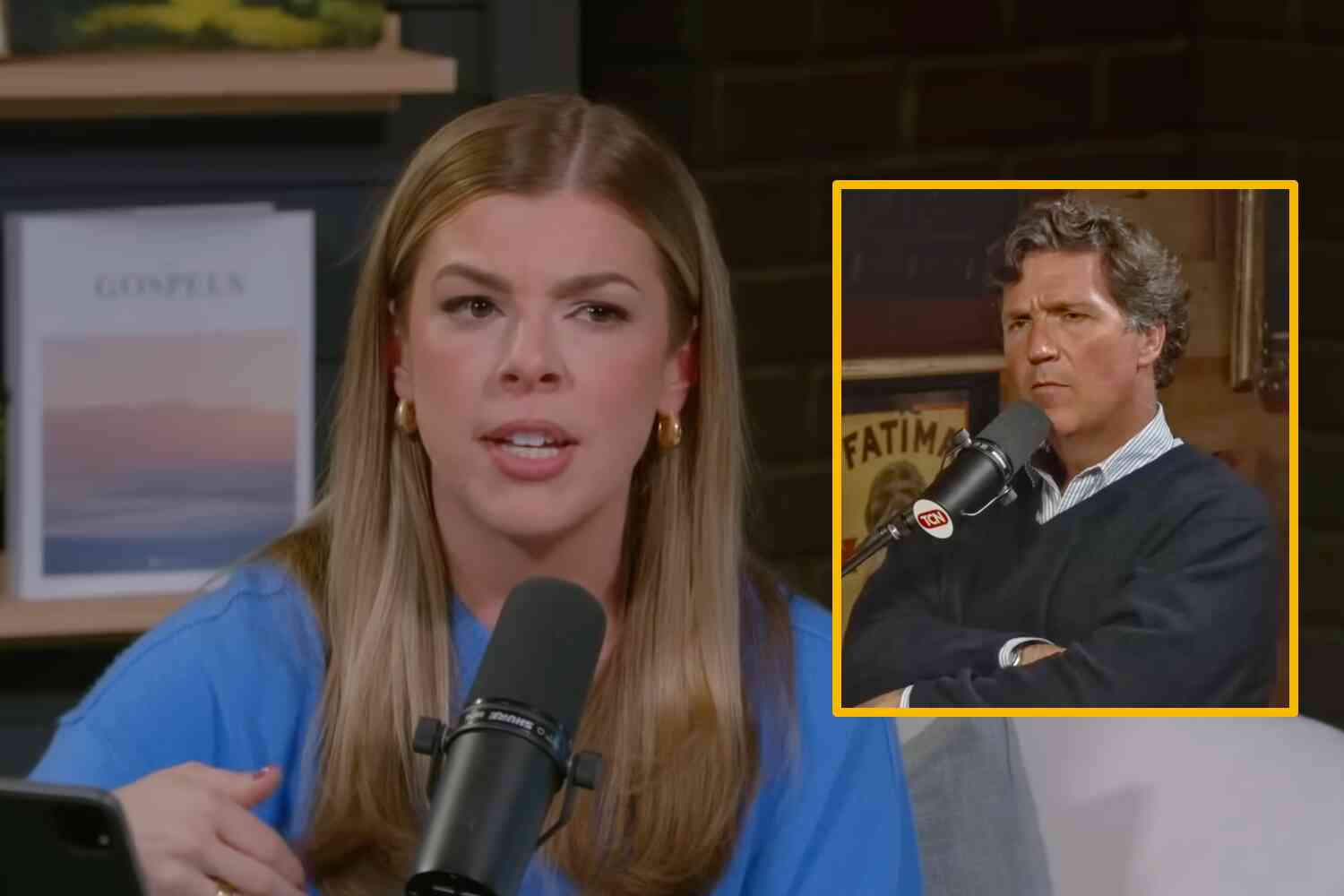It's an absolute bloodbath out there this morning as US regulators put a halt on trading for dozens of banks Monday morning.
Meanwhile, Big Macs cost $10, only the rich can afford houses, and gas prices are about to skyrocket with the switch back to the summer blend.
In the coming weeks and months, it's likely that you'll see a lot of offices that look like this:

As you're watching your coworkers abscond with a box of staplers and set fire to the break room, you might wonder why everyone is dressed the way they are. For men especially, what's up with the dangling rope around their necks? Why do they wear it?
Well, my friends, the good news for the impending office gladiatorial games that kick off the New Great Depression is that it'll take the necktie back to its military roots!
The year is 1635. War has been raging in Europe for nearly twenty years. It had been largely confined to Germany, as different territories of the Holy Roman Empire fought one another. But then France joined, supported by Sweden, and a continental war broke out.
France decided to hire some soldiers from Croatia. They wore knotted scarves around their necks to hold the collars of their jackets together; a descendent of those neckerchiefs is still worn by the Honourary Guard in Zagreb today.
Let me just note that people in the past had way cooler clothes than us.
These mercenary regiments were known as Cravats, a corruption of Hrvati, which is how Croatians call themselves. And so the French took to calling their distinctive knotted scarves "cravates" - that's still the word for tie in French today.
Some of these Croat soldiers ended up in Paris in 1646, and their knotted scarves caught the attention of a seven year old boy. That boy was King Louis XIV of France. He started wearing them, though with rather fancier and more elaborate designs than those worn by the soldiers.
Louis also made members of his royal court wear cravats, and from Paris they rapidly spread to the rest of Europe, not only among high society but to the ever-growing middle classes as well. Of course, what had been of practical use for those Croat soldiers was now pure fashion.
Before this time, the "ruff" collar had been popular. You probably recognize it from figures like Shakespeare or Queen Elizabeth I:
Whatever modern ties have become, we can be happy they didn't evolve from THAT.
Moving on...
King Charles II of England had been in exile during the 1650s, supported financially by Louis XIV, and after the restoration of the monarchy in 1660 he returned to England and brought the French cravate with him.
Yes, my friends, the English Civil War is at least partially responsible for office attire in 2023. If Cromwell had managed to oust the monarchy for good, we might have never had ties in the English-speaking world.
History is pretty amazing.
Here's Charles II:
(Okay, I take it back... not all historical fashion was better.)
In the early 19th century there was growing emphasis on the *way* cravats were tied, exemplified by a book published in 1818 called Neckclothitania. These cravats were all about wealth, style, and status - and therefore almost wholly frivolous in some sense.
Yes, there was an actual book called "Neckclothitania"!
Here are some illustrations from the book:
This is where we get to Mr. Darcy snubbing Elizabeth Bennet:
Until, of course, he comes to profess his undying love for her and advances fashion into the 1970s:
The Jane-Austen-era romaticism soon gave way to industrial efficiency, however:
But soon enough things started to change. These fancy neckties may have become a standard feature of menswear, but the Industrial Revolution and its new working conditions created a demand for simpler and more durable neckties; lace and complexity were inappropriate.
I'm sure there was still a cowboy or two that held on to more flashy conventions.

With the rise of the modern working environment - not only industry but all our ideas about offices and working weeks - the necktie cast off the fashionable fripperies of the early 19th century and morphed into a much more serious and sober article of clothing.
By the late 19th century the necktie as we know it today had come into existence, helped both by the process outlined above and by mass production. And then, as now, advertisers missed no chance to capitalise - patterned ties became all the rage.
A suit and tie was standard dress for decades. Fans even attended football matches in clothes that would now be considered rather formal. And so the tie had come a long way since the days of Louis XIV; it had become the fashion of the people rather than of kings.
Even since then the tie's shape and design have both undergone plenty of changes. For example, during the 1940s they were far shorter and wider than they are now.
And then, in the years after the Second World War, they became slimmer and more subdued.
Only to grow in size again during the 1990s and fully embrace garish colours and wacky designs.
Pretty much everyone wore these insanely clownish ties in the '90s!
So that's the story of the tie, directly descended from the uniforms of Croatian soldiers - except that it once had a clear practical purpose. And yet this entirely pointless bit of fabric has somehow survived the vagaries of fashion for centuries.
Since we've now invented buttons, zippers, and velcro, there's no practical reason for ties anymore.
The reason they still exist is the same reason a male turkey has a colorful gizzard: It draws attention and creates gravitas.
As for where we go from here, I think Jordan Peterson might be on to the next trend:
As it should be.
🤣🤣🤣
(Maybe we should start selling NTB ties in our store.)
Anyway, whether or not you like ties or absolutely hate them, make sure to blame all those European white supremacist colonizers for the idea of dangling bits of fabric off our necks!










